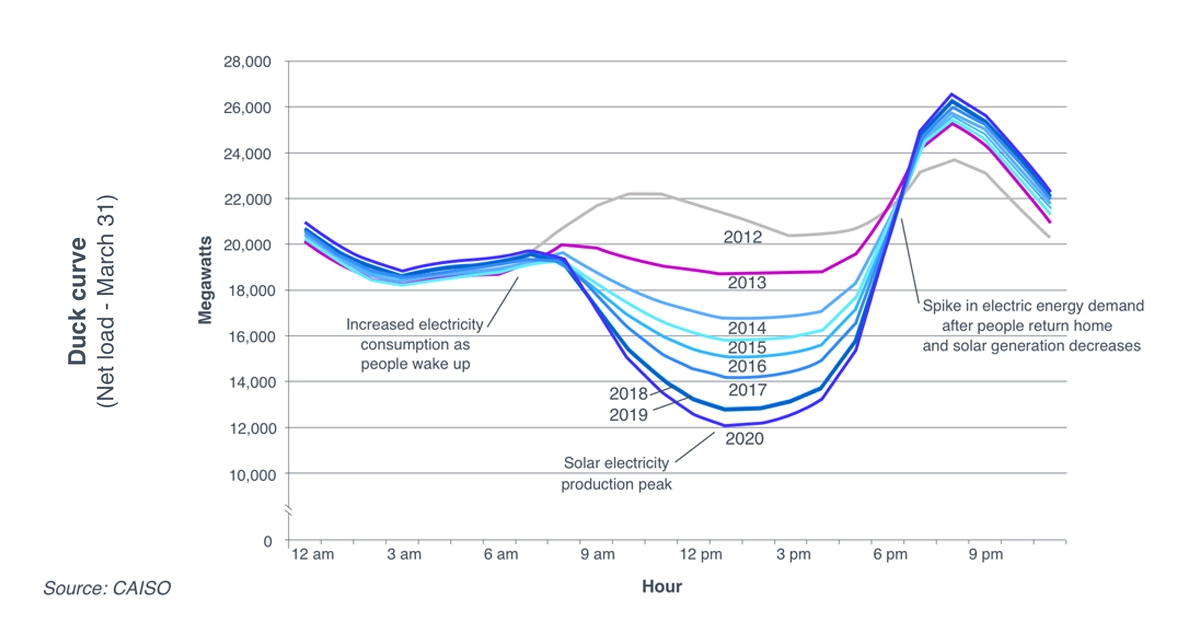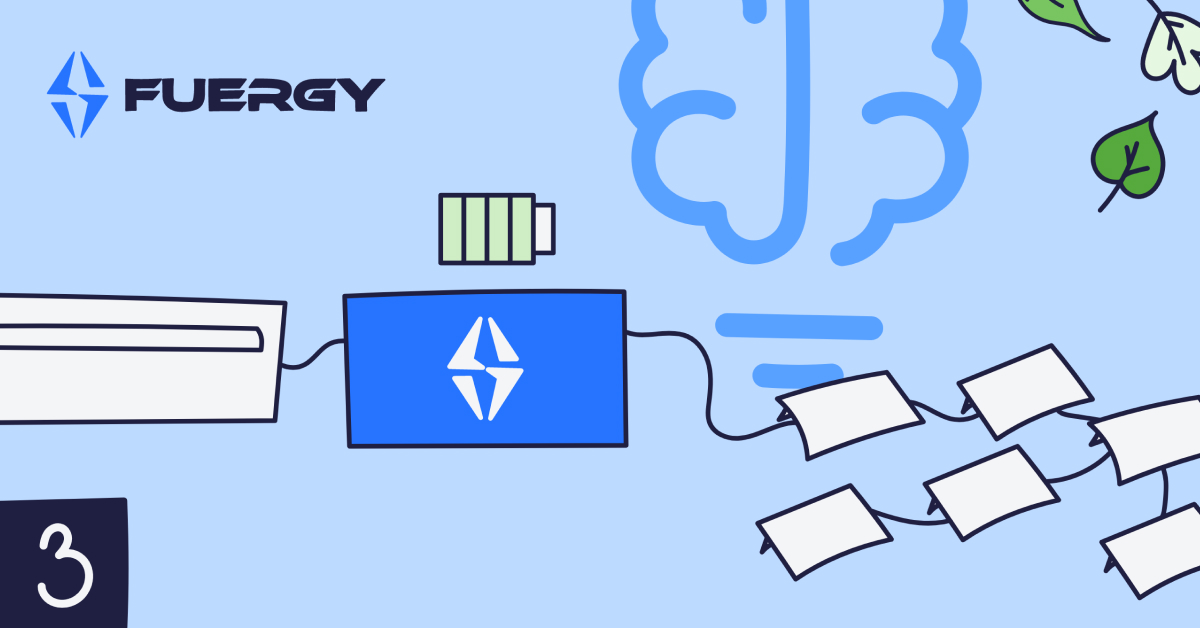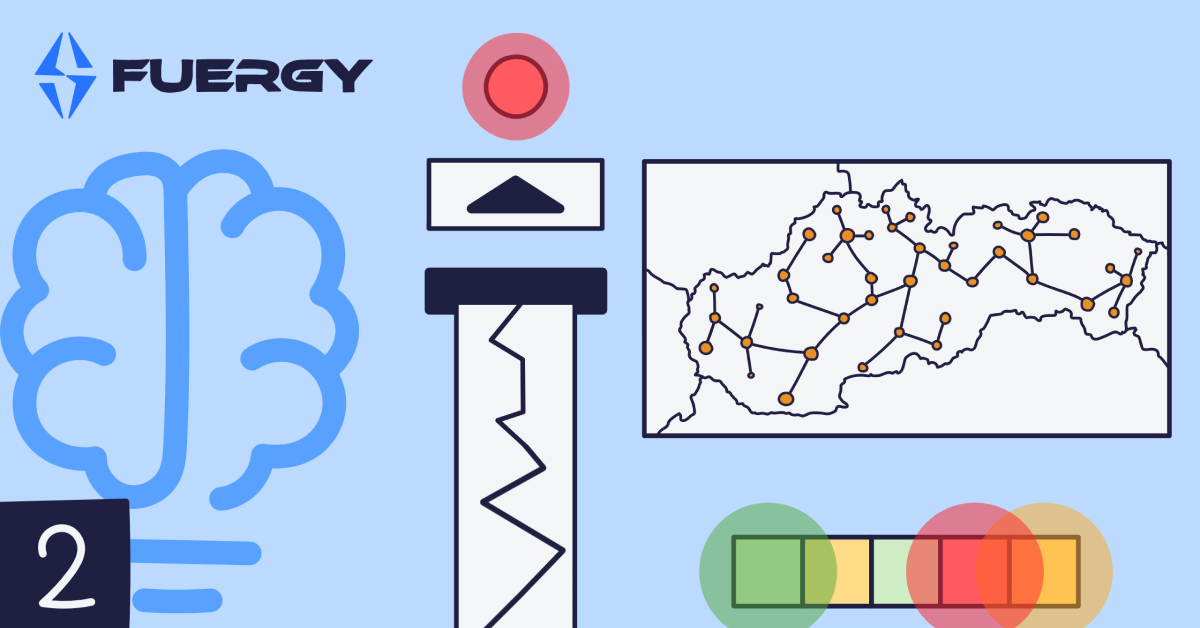
Despite all our want for individuality, humans are very similar to each other. Most of us wake up sometime between 7 and 8 AM, turning on the electric kettle for our morning coffee, perhaps turning on the electric cooker and making breakfast or otherwise begin our day by using electric energy. This creates the first spike in demand, forming the tail of the duck. Our energy consumption then stabilizes and even decreases slightly as most of us enter our offices. At the same time, solar power generation rapidly rises. During lunch hours and in the early afternoon, we use less electric energy while solar power peaks. Finally, we get home, turn on the TV, maybe some of us do our laundry or dry our clothes while others prepare some afternoon tea using their kettle. The result is a significant spike in electric energy demand, representing the duck’s head on the curve. Meanwhile, solar generation rapidly decreases as the sun fades into the west and beyond the horizon.

As you may notice, this means that we mistime our use of energy in regards to solar power production. We use much less energy during the mid-day when our solar generation is at its peak. Solar power is, therefore, being wasted. The duck curve is a notorious problem for power grid managers and electric energy providers, especially in countries where there is widespread solar production. In Hawaii, which leads the US in solar adoption, this curve is so vivid, it looks more like the Loch Ness monster than a duck! What it means for power grid managers is that they always need to have backup energy sources ready to pick up the slack once solar production disappears each evening, or whenever we wake up and our solar PVs aren’t running quite as fast as we need for our morning coffee to be brewed.
If your power grid managers are doing a great job, you shouldn’t be aware that any of this is happening. After all, you flick a switch and the light comes on. But in reality, an entire industry is working overtime to provide you with nonstop electric energy, despite the immense challenges caused by the duck curve. The downside is that we are burning more fossil fuels than ever before, just to ensure that the energy keeps flowing even when the sun isn’t shining.
One solution would be to completely re-evaluate the entire concept of modern day-to-day living. I, for one, would welcome waking up at 10 AM and going to work for a few hours before leaving early in order to match my evening peak energy consumption with the late afternoon sunshine, all in the name of efficiently using solar, of course. But I see how this could present a structural problem for the global economy.
Another solution which we are working on is the efficient solar energy storage and excess energy trading through in the new FUERGY Ecosystem. Accumulation on its own won’t solve the duck curve, as large accumulators are simply too pricey, do not offer a decentralized solution and, in their current mode of utilization, don’t have sufficient device life to truly outweigh their cost.
FUERGY greatly improves existing battery systems by allowing the stored energy to be automatically traded or shared on a 15-minute basis, using its own AI-powered software called brAIn to decide when to do what action, creating a node in an efficient and largely automated network of FUERGY Devices. This makes the best use of renewable energy and home batteries and provides a template for solving the dreaded duck curve.
The duck curve is a big challenge that awaits every country that plans on implementing more solar systems in its electricity mix. Our answer to it won’t hinge on one magic bullet, but we can hope to diminish its effects through a combination of technology (blockchain), financial incentives (energy trading) and efficiency (smart trading and sharing algorithms), all of which FUERGY will provide on its platform.
Don’t miss a chance to learn more about FUERGY and the challenges that renewable energy faces today. Join our Telegram, follow us on Twitter or subscribe to our newsletter.
We are living in the future of energy. Are you?





